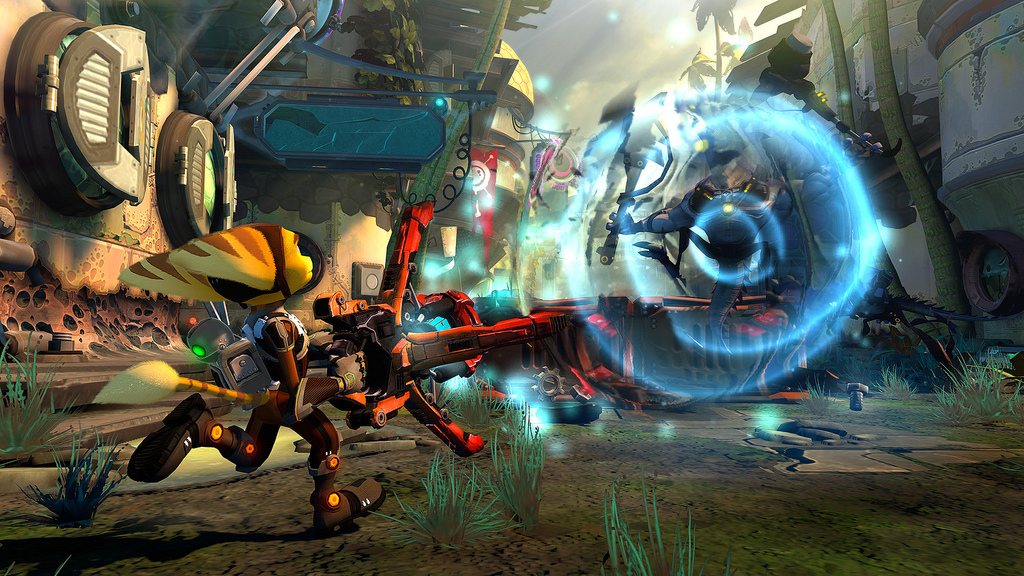

Sometimes the antagonists themselves sell you weapons, never hesitating to profit off of their competition if they think they’ll win in the long run. Becoming a galactic ranger further displays the inadequate grasp the galaxy’s government has on… well, pretty much anything. Captain Qwark isn’t just some figure Ratchet seeks approval from, but the underhanded henchman of the first game’s antagonist. What’s equally great about this approach to world-building is that the conflict and your progression were thematically connected. At the heart of it all, the titular protagonists learn to become best friends, looking out for each other and overcoming countless nefarious forces. It’s jaw-dropping to witness, yet it’s executed marvelously. While the series has always been a hit with kids, Insomniac never held itself back when calling out everything from exploitative agents and executives to media star shills who would sell out anyone for a buck. The original Ratchet & Clank series was as unsubtle as possible with its themes involving consumerism, capitalism, and the glorification of guns above all else. Yet the game that accompanies all of this feels almost like an afterthought, lackadaisically going through the motions without the heart, soul, and hint of edge that makes Ratchet & Clank special. Which is why I was more than a little perplexed with their only appearance in Ratchet & Clank on PlayStation 4.Īt the time of its release, the series had already teased something huge was coming at the end of Into the Nexus on PlayStation 3, a big-budget movie adapting the first game’s story was about to release to herald a lineup of Sony game movies, and Insomniac had just wrapped up its first and only Microsoft exclusive. No matter where you put them, Ratchet and Clank just work effortlessly. Insomniac Games’ iconic lombax and defective combat drone have engaged in everything from traditional sci-fi shenanigans to high-seas pirating to a bit of tower defense. Ratchet & Clank is one of my favorite PlayStation series.


 0 kommentar(er)
0 kommentar(er)
